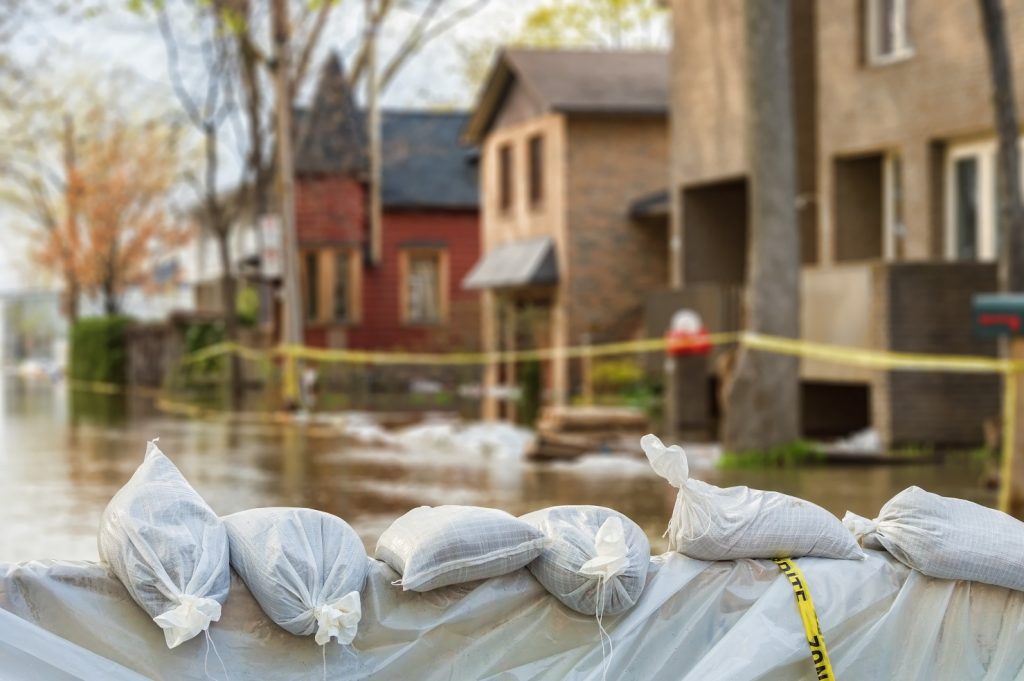If you live in New York City long enough, you get used to the weather being unpredictable. One week it’s sunshine and street fairs, the next you’re bailing water out of your basement after a heavy downpour. Flooding has become part of life here — from overflowing sewers in Queens to rising tides in Staten Island and basement leaks in Brooklyn brownstones.
But what most New Yorkers don’t realize until it happens to them is that the real battle begins after the water drains. Filing a flood insurance claim is rarely straightforward. Between confusing policies, slow responses, and undervalued estimates, many homeowners and business owners end up accepting far less than what it will cost to rebuild.
That’s where a public adjuster can make a world of difference.
The Harsh Reality of Flood Damage Claims
When floodwater invades your home or business, the damage can be overwhelming. Floors buckle, walls warp, and hidden mold starts to form long before the smell gives it away. In a city where repair costs are already sky-high, the financial toll can be devastating.

You’d think your insurance company would be your safety net, ready to step in and cover the costs. Unfortunately, that’s rarely how it plays out. Most policyholders are surprised to learn that standard homeowners insurance doesn’t cover flood damage at all — you need a separate flood policy, often through the National Flood Insurance Program (NFIP). Even then, getting a fair payout can feel like pulling teeth.
Insurance companies tend to minimize losses, categorize damage incorrectly, or overlook the true scope of repairs. The first offer might only account for surface-level fixes, ignoring deeper structural or electrical issues that come to light later.
Why Flood Claims Get Shortchanged
The biggest reason flood claims end up undervalued is simple: the adjuster sent by your insurance company works for them, not for you. Their goal is to close claims quickly and keep payouts low.
Here are a few common tactics:
- Labeling water damage as “seepage” instead of flooding — which limits coverage.
- Leaving out personal items, furniture, or appliances stored in basements.
- Using outdated price lists for materials and labor.
- Overlooking hidden damage inside walls or under flooring.
By the time the check arrives, it often doesn’t even cover half the cost of proper restoration. Many people take it anyway, thinking they don’t have any other choice.
How a Public Adjuster Changes the Outcome
A public adjuster is an independent insurance professional who represents you — the policyholder. Unlike the insurance company’s adjuster, they’re there to protect your interests and make sure your claim reflects the full extent of your loss.

Here’s what they actually do:
1. They dig deeper.
Public adjusters perform a detailed inspection of your property, identifying damage that’s easy to miss at first glance — moisture in walls, compromised foundations, or electrical hazards.
2. They speak the insurer’s language.
Flood policies are full of legal and technical terms. A public adjuster knows how to interpret those clauses and apply them to your benefit.
3. They handle negotiations.
Once the documentation is complete, your adjuster deals directly with the insurance company — pushing back against low estimates, incomplete reports, or unfair denials.
4. They maximize your payout.
Because public adjusters understand construction costs and insurance formulas, they’re often able to secure settlements significantly higher than the insurer’s first offer.
And here’s the part that surprises most people: they typically work on a contingency basis, meaning they only get paid if you do.
A True New York Example
After Hurricane Ida, a small family-owned restaurant in lower Manhattan suffered severe flooding. The insurer offered enough to cover new flooring and some kitchen repairs — roughly $40,000. But the actual cost to restore the property safely, including replacing damaged electrical systems and commercial appliances, was closer to $110,000.

The owners hired a public adjuster, who conducted a full assessment, brought in experts, and presented a new report to the insurance company. After several weeks of negotiation, the settlement tripled. The restaurant reopened within months, instead of shutting its doors for good.
Why You Shouldn’t Go It Alone
Filing a flood claim on your own can feel like trying to argue with a bureaucracy that speaks another language. Missing documents, incorrect codes, or a single unchecked box can delay your payment for months. A public adjuster brings order to the chaos.
They understand how insurers operate in New York — the local regulations, the high property values, the hidden costs that flood victims often overlook. More importantly, they take on the burden of paperwork and negotiation so you can focus on what matters: getting your property and your life back to normal.
The Bottom Line
Flood damage can turn your home or business upside down, but the insurance claim doesn’t have to drown you too. Having a public adjuster in your corner ensures that your voice is heard and your claim is valued fairly.
At Direct Public Adjusters, we’ve helped countless New Yorkers recover what their insurance companies initially overlooked — from small residential claims to major commercial losses.
If you’ve experienced flood damage in New York City, don’t settle for less than you deserve. Let a licensed public adjuster review your claim and fight for the payout you’re entitled to.
📞 Contact Direct Public Adjusters 24/7 for a free consultation and damage review.